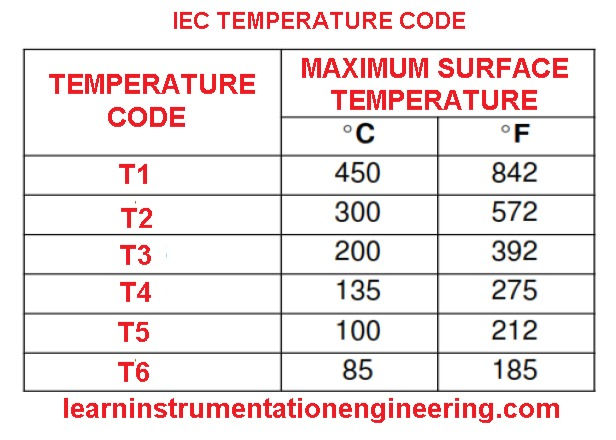Hazardous Area Classification (CENELEC approval)
- Suhel Patel

- May 26, 2020
- 2 min read
In this article I will give a brief introduction to the hazardous area classification based on CELENEC approval means the European committee for electrotechnical standardization. This standard is applicable to all European countries plus some other countries too.
In a previous article, I have covered the North American standard. Click on North America to get to know more about it. To work in a hazardous area with the applicable standard you must have knowledge of protection method used in a hazardous area.
CENELEC is a standardization for electrical engineering. Click on CELENEC to know the history of it. So, a piece of equipment that successfully tested must match the standard of CENELEC.
Here, for European standard, we have Groups, zones and temperature code which I will explain in brief.
Group: Electrical types of equipment are divided into two groups. In Group 1 it covers electrical equipment used in mines and in Group 2 it covers all other electrical equipment.
Group 1: Atmosphere contains gases or vapor or methane.
Group 2 (A): Atmosphere contains gases or vapor or propane or equivalent hazard.
Group 2 (B): Atmosphere contains ethylene or vapor or gases or equivalent hazard.
Group 2 (C): Atmosphere contains hydrogen or vapor or gases or any equivalent hazard.
Zone: It defines probability of hazardous material present in an ignitable concentration in the atmosphere. In North American standard it refers as a class.
Zone 0: Location where the explosive concentration of gas or vapor present in the atmosphere for the long period of the time.
Zone 1: Location where the explosive concentration of gas or vapor or any equivalent hazard is likely to occur in normal condition.
Zone 3: Location where the explosive concentration of gas or vapor or any equivalent hazard is not likely to occur in normal condition and if occur it will occur for a short period of time.
Temperature Code: A mixture of hazardous gas or vapor which can come in contact with a hot surface.

Above you can see IEC temperature code with maximum surface temperature limit.
If you have any question or doubt about it please do comment. Like and share among your friend.






































Comments